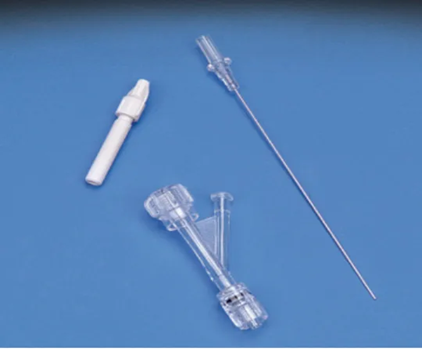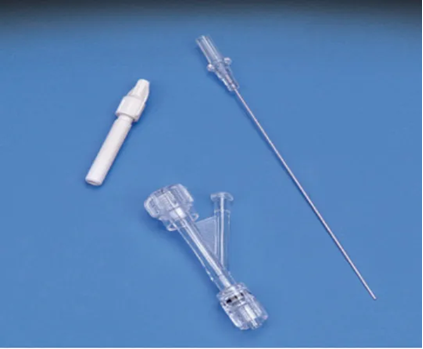m1 ass coronary angioplasty balloons n stents
1/9
Earn XP
Description and Tags
module 1 assignment coronary angioplasty balloons and stents, open question
Name | Mastery | Learn | Test | Matching | Spaced |
|---|
No study sessions yet.
10 Terms
by use of a balloon catheter that is inserted through access site to coronary artery lesion and inflated. The inflation of the balloon on lesion will push the substance occluded our lumen outward therefore widening or dilating the structure.
Explain how angioplasty is performed?
Guide catheters have larger diameters with thinner walls and play a role in providing a stable lumen for other catheters, wires, or devices. (lubricated outer layer, steel core, lubricated inner layer) diagnostic catheters are primarily used to shoot contrast for cardiovascular imaging. ( thick outer lubricated layer, thick lubricated inner layer)
How are guide catheters different from diagnostic catheters?
pros. can deliver multiple devices without the need for recrossing the lesion. Cons. thicker diameter will make it difficult to navigate through tortuous vessels and across tight lesions.
What are some pros and cons of using a OTW catheter platform?
Pros. smaller profile will make it easier to navigate through tortuous anatomy, is flexible which will provide better tracking onn complex anatomy. Cons. smaller profile gives little support, will not have much force (torque) when advancing, may struggle to cross calcified segments.
What are some pros and cons of using a RX catheter platform??

(left) torque device/ steering tool. provide additional rotational force to catheter tip. middle - Y adapter/ Tuohy-Borst valve- creates a one way valve that prevents backflow in the valve mechanism, creates a channel for both wire and balloon to traverse.
Label the equipment pictured below? Also, tell me what each piece of equipment does.

pros. lower restenosis rates. provides more uniform coverage, additional connections provide for a stiffer structure base. Cons, stiffer structure makes it difficult to traverse tortuous anatomy, stiffer stent may lead to dissection at the edges of the stent.
What are the pros & cons of a closed cell and open cell stent?
moveable/ hydrophilic to move freely through lumen, steerable/ torque response, wire transmits rotational force from operators hand to distal end, radiopacity or visibility, able to be visualize by x ray in the body.
What are some desirable characteristics of a coronary guidewire? List 3 characteristics.
compliant balloons- reach nominal much sooner than compliant balloons. built from flexible structure.. Non compliant balloon, usually made from thicker materials making them more robust and stronger to push against the lumen occluding material
What is the difference between a compliant and non-compliant angioplasty balloon?
9/16/1977
When was the 1st human coronary angioplasty performed?
nominal -base line sizing of that balloon, rated burst - limit balloon can be inflated before bursting. Inflation pressure will equate to a balloon diameter. A balloon with a lower rated burst pressure will have to be used in a smaller in diameter vessel. A balloon with a higher rated burst can be used against more calcified lesions to push evenly across the lesion, of course this is best achieved when nominal is reached.
Explain what “nominal” and “rated burst” pressures mean? How will these pressures affect how you inflate angioplasty/stent balloons?